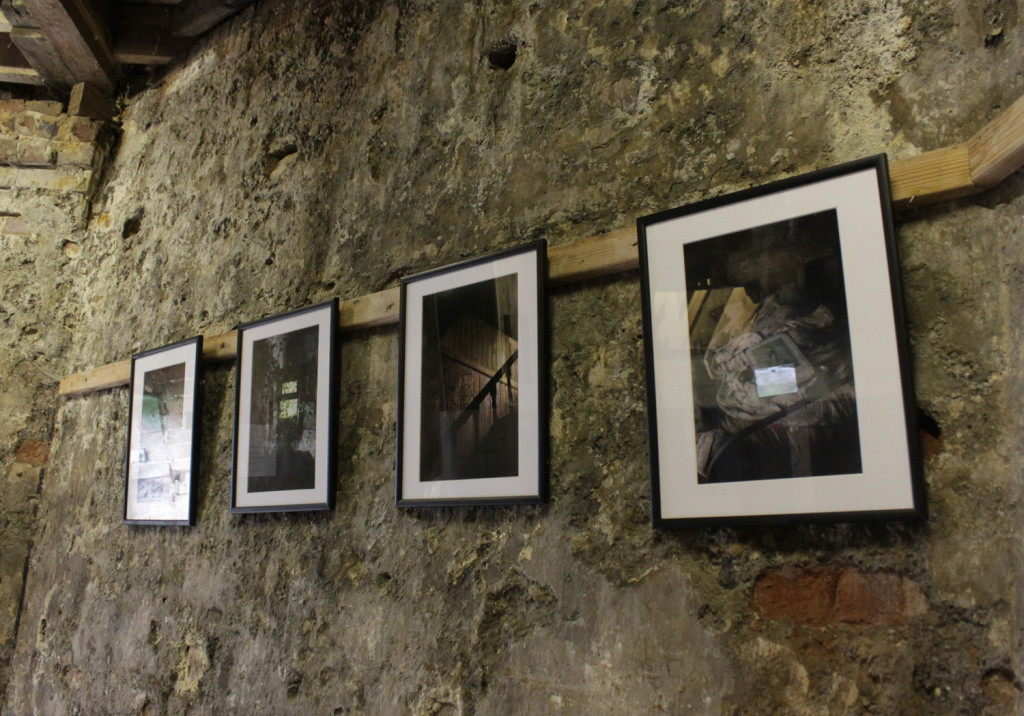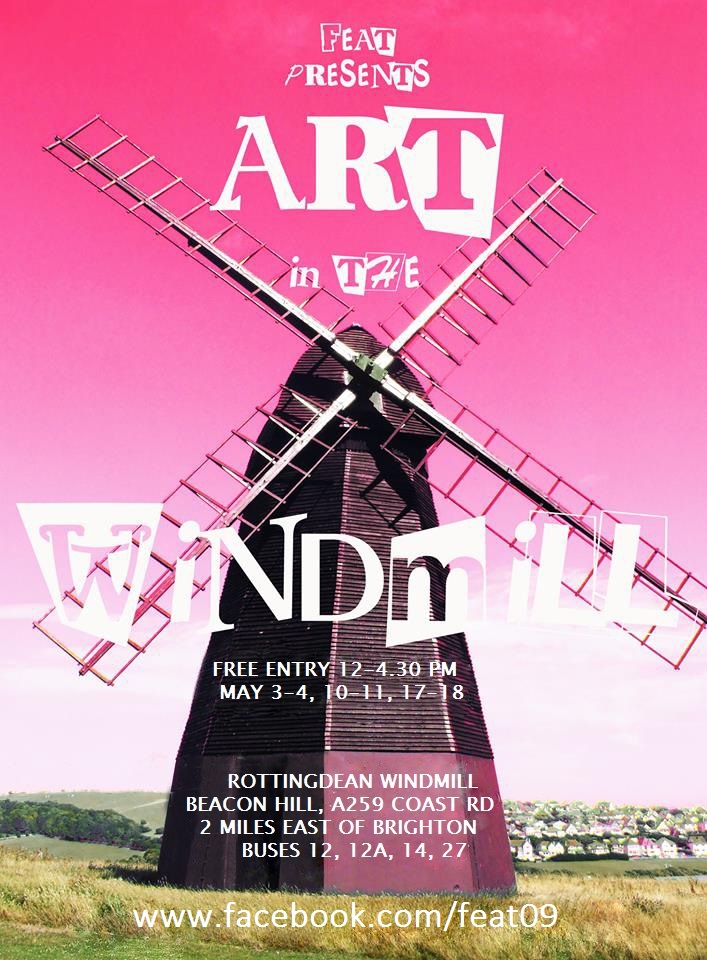Evaluation of my current practice
This MA helped me develop my practice in two main ways: contextualising my practice within relevant traditions of contemporary art, and thinking deeper about the link between technical choices and audience perception, how to use specific techniques and effects to manipulate the audience’s reaction to the artwork.
The main issue I had about my photography practice was that, while it is formally documentary because I do not stage what I photograph, I was not concerned about the ethical issues that typically preoccupy documentary photographers. On the contrary, ambiguity was my main underlying interest, and I favoured distinctive aesthetics rather than clarity of representation. I discovered a ‘niche’ genre of photography: ‘subjective documentary’, that is, unstaged photographs that can technically be considered documentary pictures, but give more insight into the photographer’s mindset than they provide reliable information about the photographed subject. I feel especially close to various American photographers who, since the 1970s, take pictures of backward rural areas, bland suburban settings or urban decay with often an ironic or morally ambiguous subtext (Stephen Shore Robert Polidori, William Eggleston, Alec Soth). Their work share a cinematic look, with dramatic lighting and almost ‘technicolor’ colours that create an ambiguous contrast with the unstaged nature of the scene. I studied the technical aspects of photography, especially achieving good exposure in low light, and digital post-processing, in order to achieve this desired look more efficiently in my own work. Particularly, Robert Polidori explains in an interview how the visual style of his images is crafted to emotionally manipulate the viewer: the apparently straightforward documentary style hides the emotional manipulation aimed at the viewer, making it all the more efficient that it is surreptitious. This process is very close to what I do in my Ghost House and Disciplinary Institutions series, where the real subject is not the architectural documentation of the buildings, but my underlying interest in guilt, outsiderness and the fear of abandonment.
Because my original influences in moving image were from cinema, my research paper studied from three reference films how all the technical elements of moving image may work together to represent on screen the subjective mental experience of a character with an ambiguous degree of truth. After, I continued the research in reference technical books in order to learn more general techniques transferable to my non narrative video-art. I learned the central concept of ‘cinematic mood’, that is, using audio-visual stimuli (such as cinematography, the pace of editing, sound design) rather than narrative techniques to cue the audience about emotions and identification. I used these techniques in my videos in order to trap the viewer inside a subjective experience. In Ghost House, I aimed to keep a very fluid rhythm to give a sense of geographical continuity even though the video was shot at three different houses, to give the impression that a ghost was moving through the house and we were seeing the world through its eyes. In Disciplinary Institutions, I kept a steady rhythm and directional continuity in long corridor tracking shots that progressively get darker, to convey the feeling of powerlessness and crushing fate experienced by the inmates.
Critic A.L. Rees coins the term ‘psychodrama’ to describe a genre of experimental film starting in the 1940s that deal with inner life and conflict. In his reference book ‘Visionary Film: The American Avant-Garde’, P. Adams Sitney calls ‘trance films’ a similar tradition of films depicting dreams or inner visions. My own moving image work is closest to the revival of psychodrama and trance-films from the 1990s until now, when artists like Stan Douglas or Doug Aitken applied the aesthetic conventions of horror, noir or other genre movies to either documentary footage, or staged scenes shot in natural settings, and mixed dream sequences with documentary footage, in order to talk about social concerns without formally resorting to the traditional documentary style. I like the aura of moral and philosophical ambiguity that blurring the lines of documentary and fiction gives to a moving image work.
Future development
The possibility to explore abandoned buildings in the UK is limited, because security is tighter than in Ireland, and the available buildings are mostly stripped down and void of artefacts, which make them visually repetitive quickly. I have however identified an old orphanage whose ornamented décor would make a good fit to use in a composite video with my footage from Woodlawn House, a few asylums, and a few abandoned cinemas that would be a new project. I have applied for permission to shoot at the orphanage and two cinemas, but the negotiations are slow and the success rate low. Therefore I want to continue exploring abandoned buildings as an ongoing background project, but also develop my practice in two possible new directions.
Writing my research paper gave me the desire to move away from purely visual video-art and experiment with narrative in a short film where the cinematic mood would be carefully crafted to reflect the character’s subjective experience. I have started writing a short script about a man who, feeling crushed by a life he judges meaningless, seizes the opportunity to escape. But soon his own guilt at having neglected what he considers his responsibilities causes him to throw his one chance away, and self-destruct. I would probably shot in HD video, with natural ‘noir’ lighting, to achieve an atmospheric look at low cost. Many independent filmmakers self produce their first short film: I think the best way for me to achieve this would be to join an independent filmmakers’ group for mutual support, mentoring and skill-pooling.
Another direction for development would be to use digital technology to go beyond traditional video installation by enhancing the feeling of immersion, or by making the images react to the viewer. I am especially interested in using random generator algorithms to simulate the often erratic and irrational way human beings make decisions and choices. To make an immersive audio-visual installation that reacts to the viewer, sensors could respond to movements and vocal triggers from the viewer, and control the sound design and displayed visuals accordingly. The environment could confront the viewer with feelings they may usually prefer to ignore by using audio-visual stimuli that simulate feelings of spatio-temporal distortion, claustrophobia and disorientation, or trigger instinctive emotional responses.






